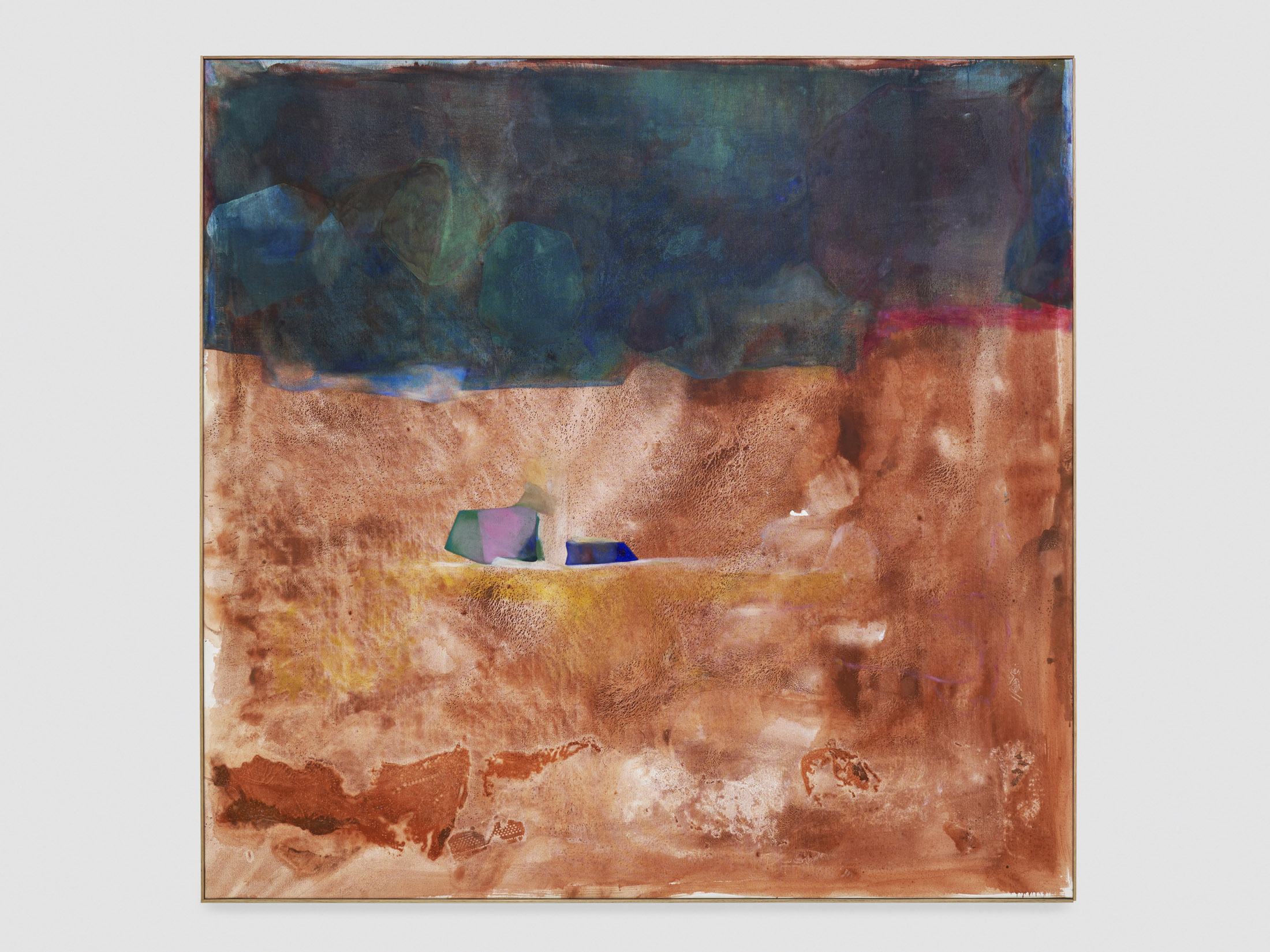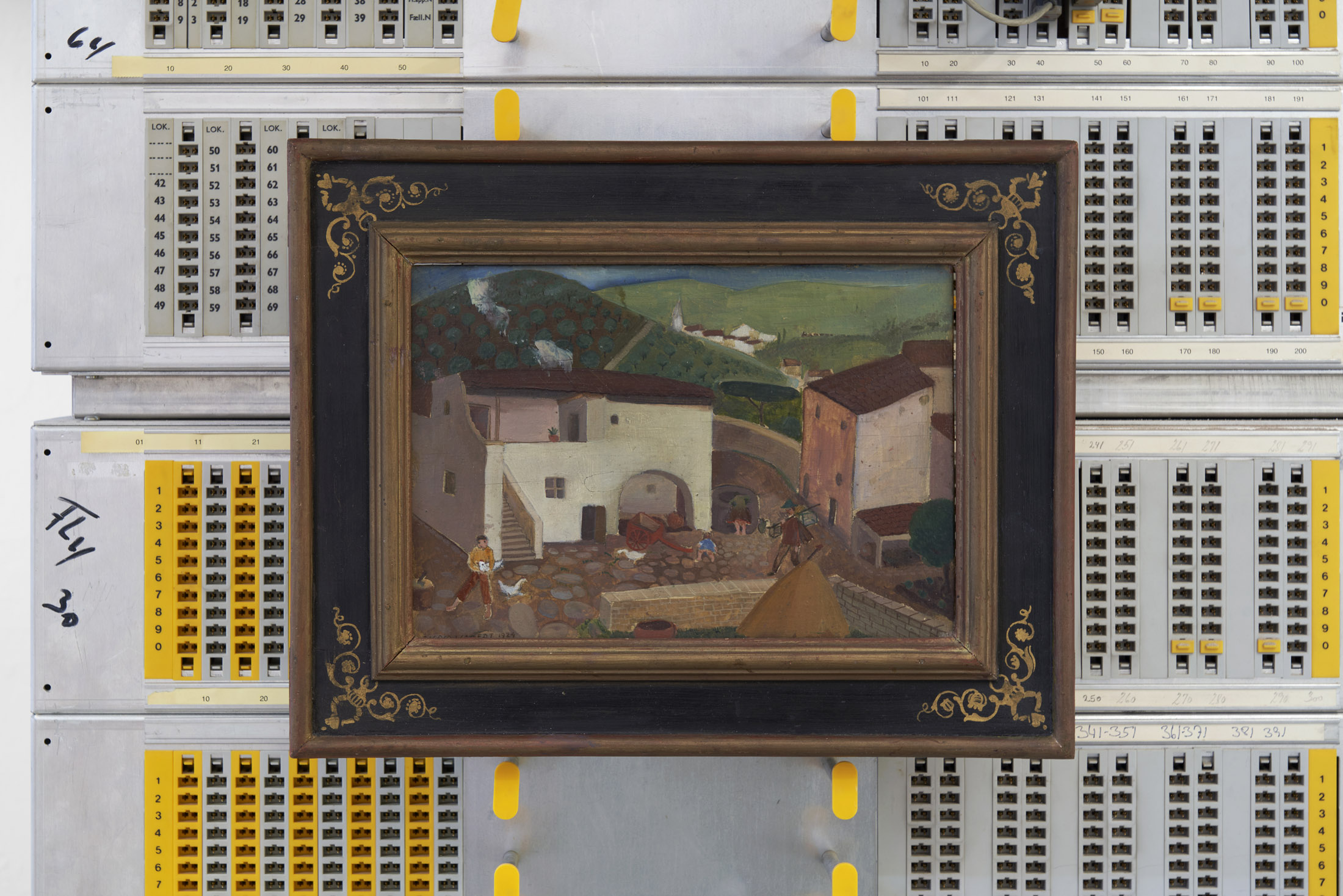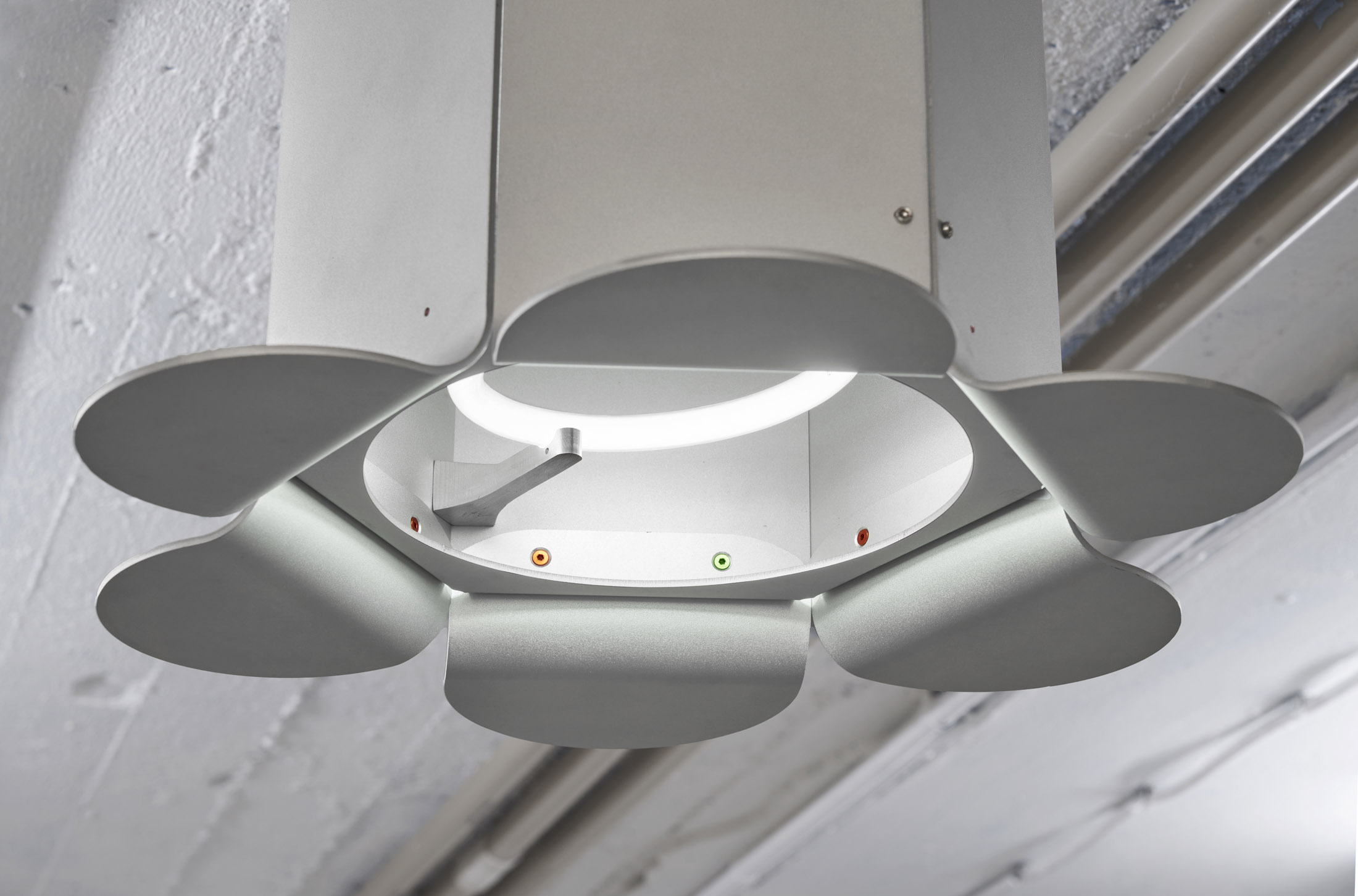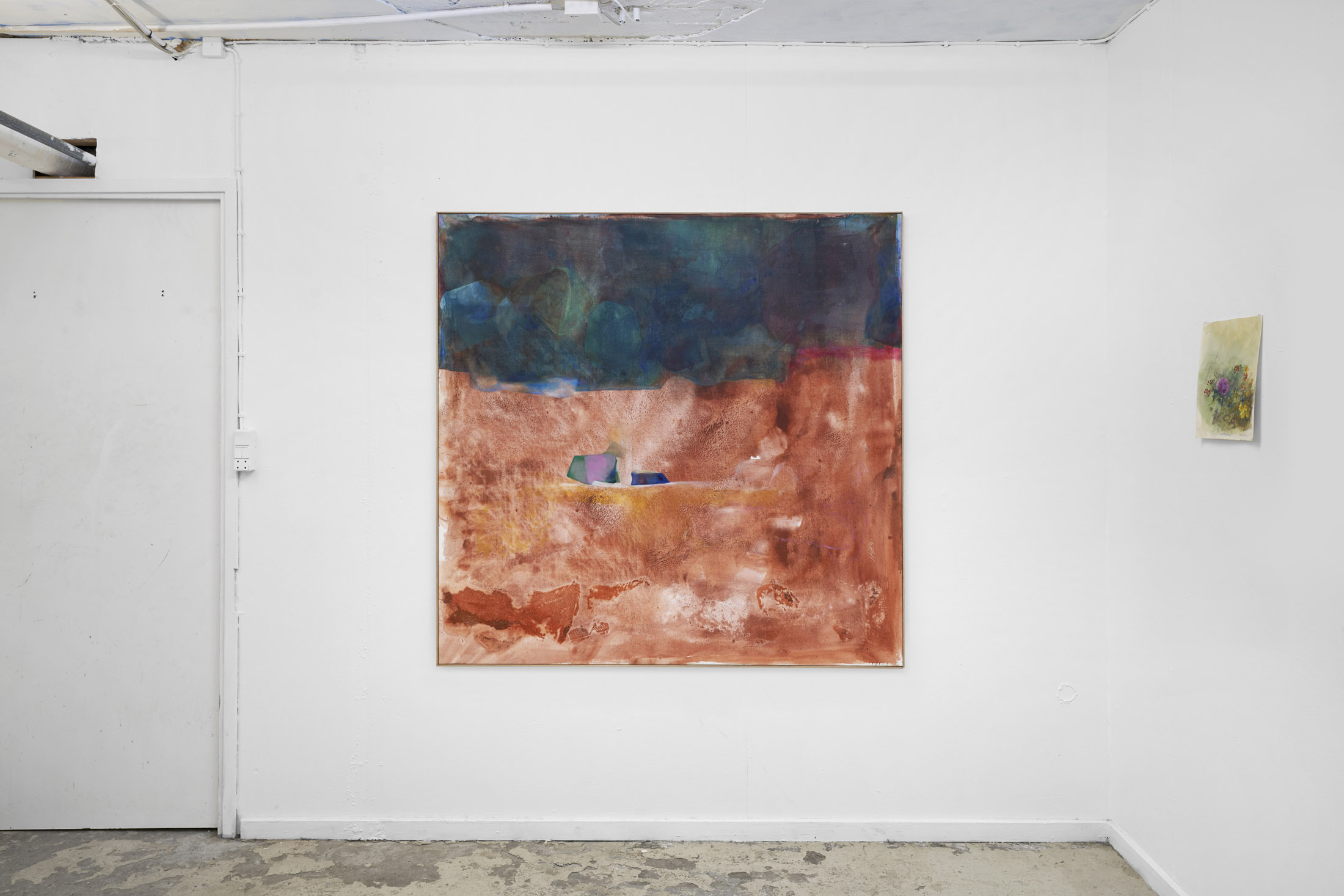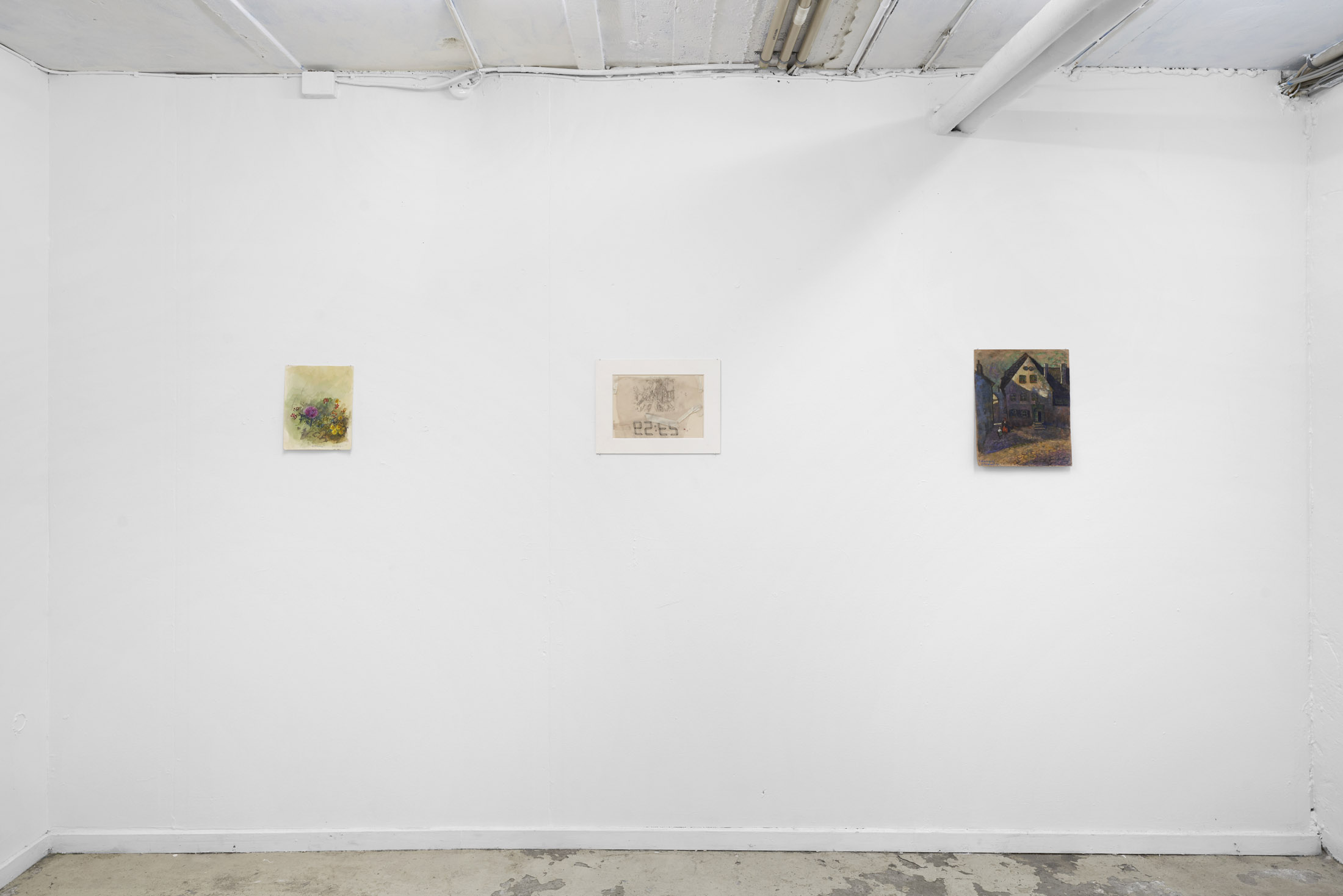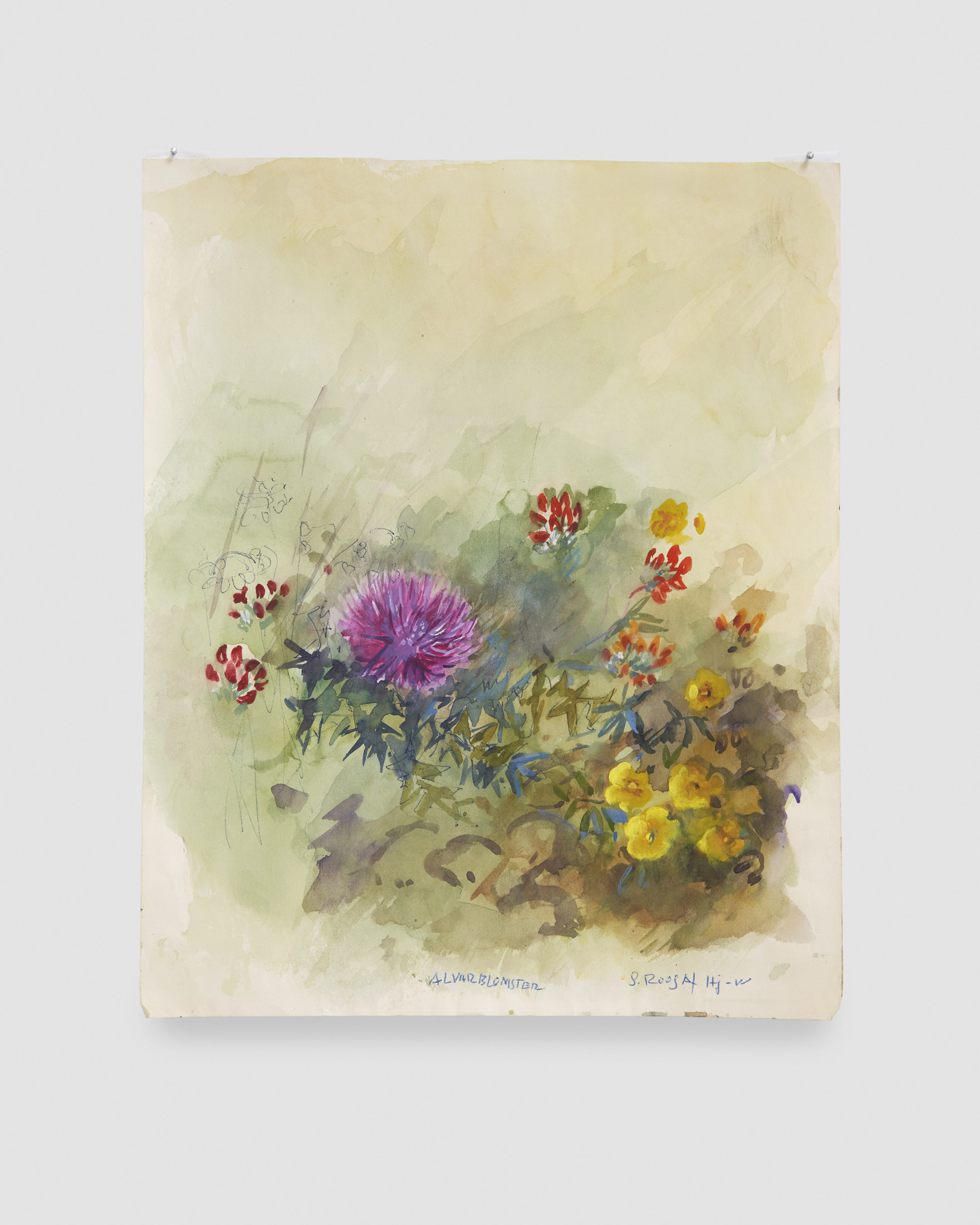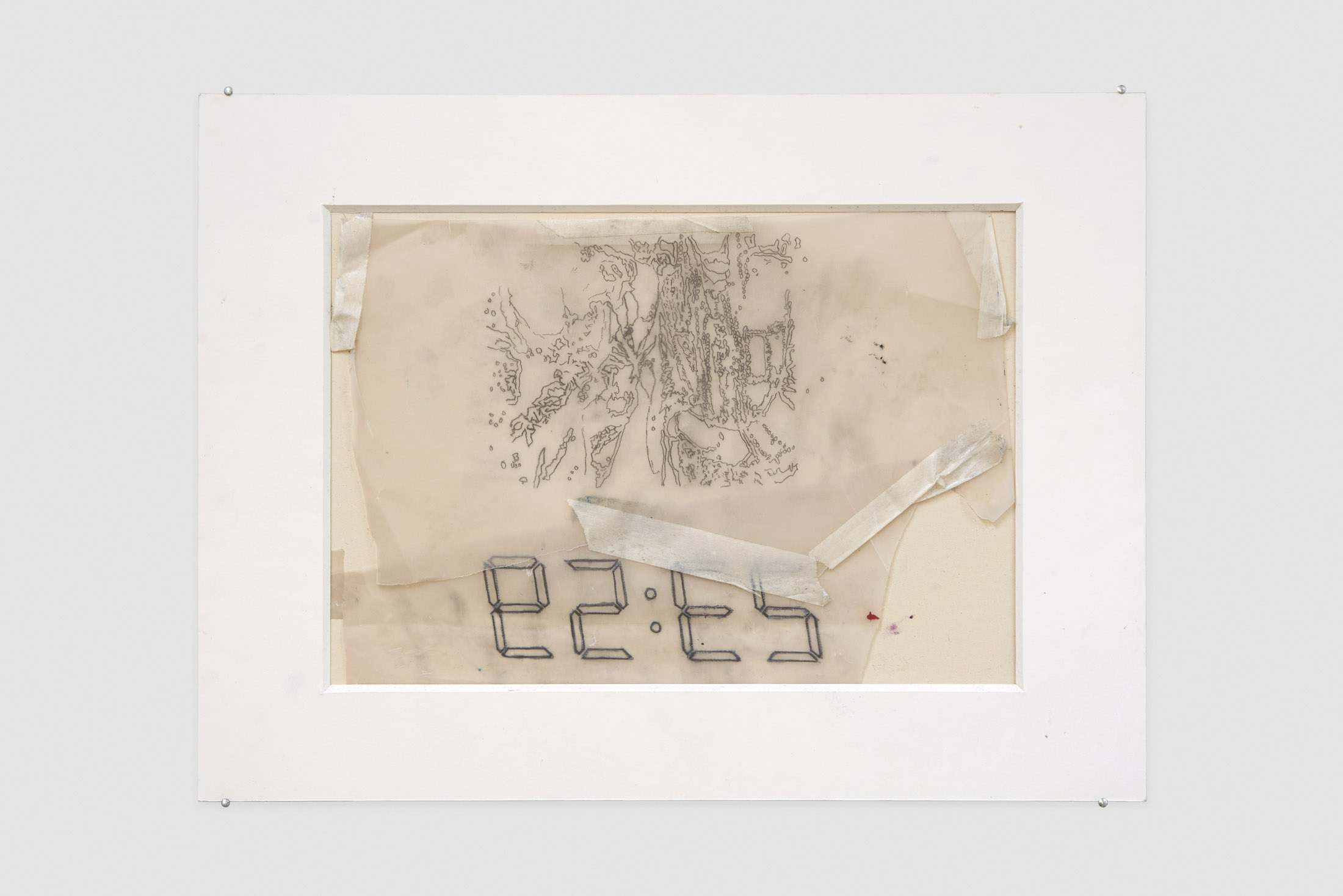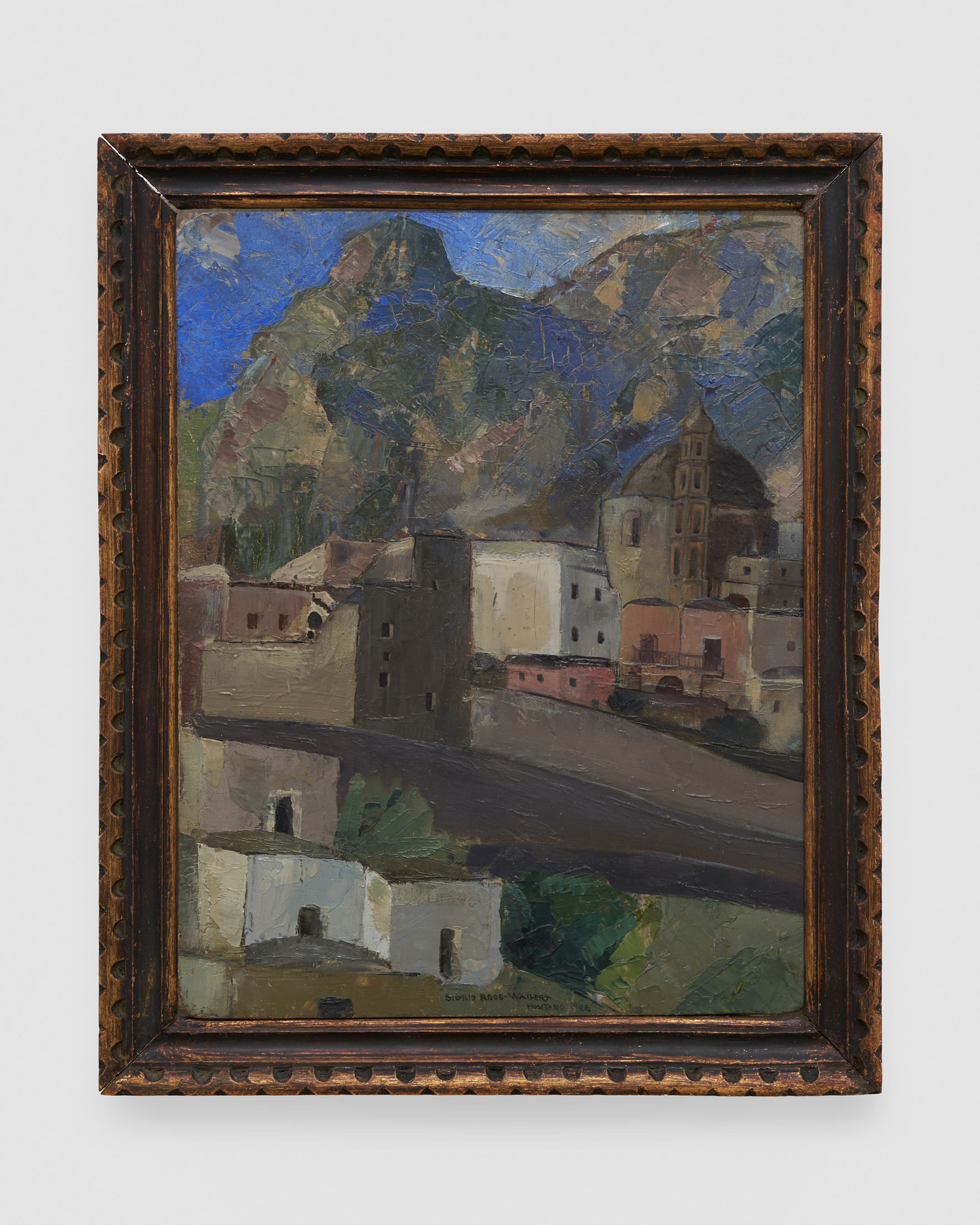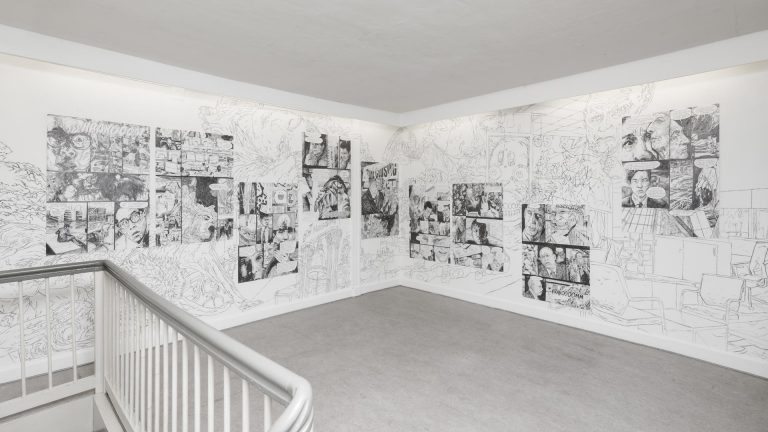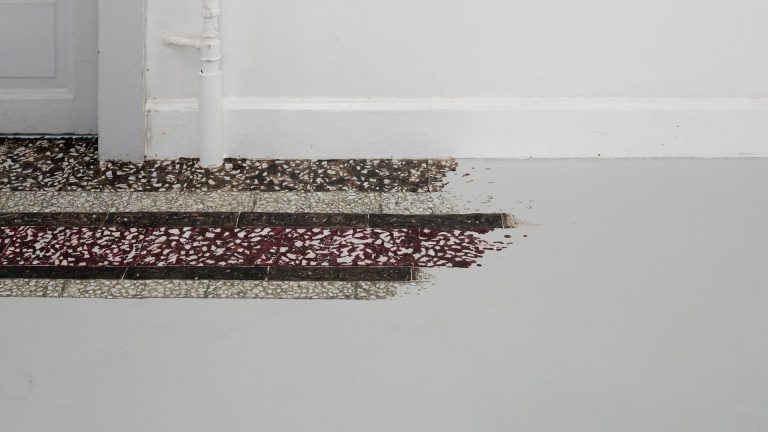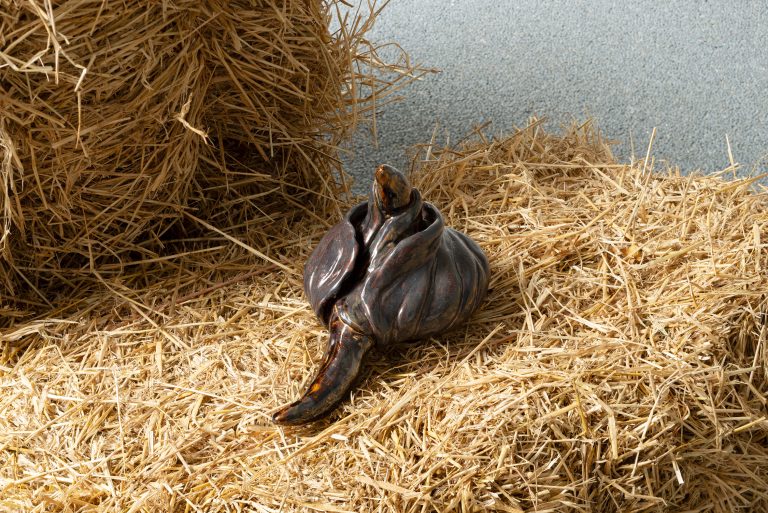Artists: Sigrid Wallert & Tore Wallert
Exhibition title: Familjelogistik
Venue: Bizarro, Copenhagen, Denmark
Date: August 12 – September 30, 2023
Photography: All images courtesy GREYSC, the artist and Bizarro, Copenhagen, Denmark
TORE and SIGRID
Nothing in this show can be said simply, not even its complexity. Sigrid Wallert, the multifaceted artist has had a long mercurial career that seems destined to become a subject of transhistorical examination in the near future. Her artistic journey, spanning seven decades, intertwined with her resolute pursuit of independence and self-expression, undoubtedly calls for an extensive monographic exploration. But this is the longhand approach to every question and answer, or so it seems.
Familjelogistik, organised by her great grandson Tore Wallert, is not that kind of exhibition. It offers, instead, a shorthand into Sigrid’s life and work – and by extension into Tore’s own. Through a process of reduction, a relatively smaller set of marks abstract a larger piece of meaning. The meticulous sampling of artworks, chosen by Tore, creates a fragmented experience of genealogical significance: family mythologies are made of everything that possesses strong enough evocative power. Whether these are made from conscious manoeuvres or from unconscious gaps and omissions, they offer perforations of truths where syntax decays.
There’s an element of naturalism in welcoming a life’s work as a record of the throes of nature or society. It is likely to provoke a salutary dialogue and reflection on the entire century it belongs to. There’s also an element of fantasy, if the work lets us remove any reference, cultural, historical or biographical and bypass citational practice altogether– which has relevance here. Because of the intimate premise of this exhibition, a meta-world between the two is not necessary. The encounter between Tore and Sigrid can be staged directly. Even if the subjects of the show are individuals of a different century, both felt the necessity of their themes and work – differently executed and thought out. Even if there is a question of religion, it is not entirely clear who’s the icon and the idol? Even if we might recognize similar motifs – who else could Tore be inspired by? And, even if they arguably meet for the first time here.
For a great many things overdetermined this encounter beyond family: first, the bringing together of these two implies a great occasion and a time of celebration; second, the chosen period and place enhanced by cosmographic strangeness, is also the residuum of some religious order. The sacred nights of summer when everything can happen, when all worlds of the here, there and beyond mingle, when all the opposites have the exceptional right to meet and fertilise each other. There we see different uses of the same weirdo principle of fate: the fruit never falls far from the tree. In other words, there is some action of cutting through surfaces to a site that has perhaps no business being underneath. What is the future (the fruit) doing underneath the past (the tree)?
The exhibition dauntlessly embraces ambiguity where it currently does not exist: in curatorial practice. The absence of extensive documentation about Sigrid’s life deliberately shuns the historical “aura,” fostering a destabilising environment where interpretations and imaginations can flourish freely. This approach, born from the perspective and the prerogative of Tore, an artist and a great grandson at the crossroads of both roles, is rooted in lived experience and childhood memories. In other words, where imagination usually finds its bearings.
By intermingling Sigrid’s works with his own pictorial invocations, Tore’s conversation show elicits a sense of immediate gratification or significance in witnessing the evolution of artistic
ingenuity across different epochs. Yet, simultaneously, it poses a toughie for those who are not privy to the intimate connections that underpin the exhibition’s fabric: What connects the creative essence of two generations of artists, woven into a genealogical tapestry of exploration, if not family ties? And, how can we give more significance, or any significance at all, to these ties when the very institution of family is being questioned and, at best, reinvented?
Both artists’ oeuvres maintain a transitory essence. Nonnarrative and nonlinear, they eschew conventional notions of beginnings, middles, and ends. When shown side by side, they are granted a wild and unconventional extension into each other’s present and presence. In her life, Sigrid traversed various art movements, mirroring her own physical movements across time and Europe. She lived in Stockholm, Rome, Öland and Ibiza. Today, her work emerges as a testament to her artistic inventiveness, and a record of survival and commitment, a kind of selfless ’sticking to it’. In contrast, Tore erases evidence of movement and time in his work with painstaking precision that allows him to reach a specific breaking point. This inflection point is deliberately shaped, forming a self-imposed Gaussian curve, wherein the vista on top reveals an irresistible blend of resignation and acceptance. His work captures the essence of contemplation and sums up the timeless appeal of painting: old metrics inside a silence.
There are many systems of transference we can connect this to. Notably, Judaism’s matrilineal passage endows each child with a distinct privilege, while psychoanalysis establishes a proxy for emotions to release other emotions. Artistic legacy traditionally finds its path through renowned figures in art history. Here we are confronted with a puzzling prospect. What if the discovery of the prophet was a private matter, secreted within the family?
Within this artistic dialogue, we are invited to explore the parallels and divergences between these two artists’ representations of their subjective worlds. Tore’s intervention into painting creates an intimately private space, mirroring the autonomy that Sigrid sought all of her life. Spatial configurations, both on and off canvas, come to life, revealing the animated nature of the works, steeped in spiritualism and fantasy, while painterly gestures reveal their distinct attitudes and biographical influences. Amidst the exhibition, there is an interplay between all these diverse spaces of sublimation. Two sculptural objects draw our attention. Tore’s anodized flower-like lamp lights the scene of Sigrid’s painted ceramic table placed atop a pedestal. Despite their distinct characteristics, these works interlace, creating a visual bridge that connects Tore’s tangible world with Sigrid’s evocative paintings. As we observe this installation, an invitation to consider a new semiotic system emerges: what if the fruit fell from the tree directly into a hole? The only method would be to cut away surface until we could see what was really inside. Probing the surface for something like a thin edge.
-Gianmaria Andreetta

